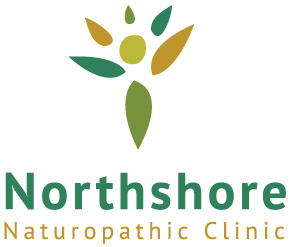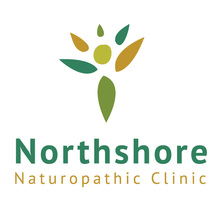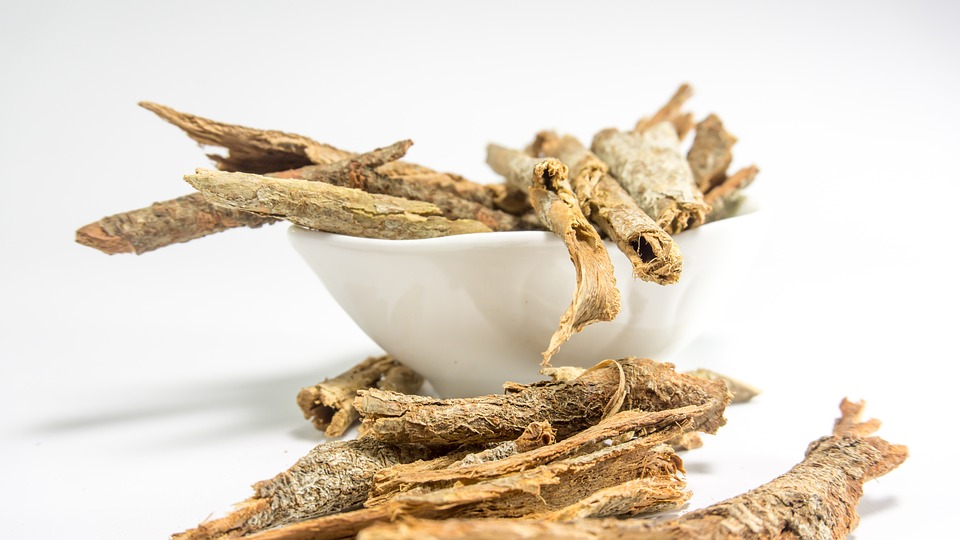By Irene Hayton
If you’re looking for a great breakfast food to help you start your day off right, a bowl of freshly cooked oatmeal fits the bill. Whole grain oats contain fatty acids, selenium, magnesium, iron, manganese, calcium, and zinc as well as vitamin E and some of the B vitamins. They are a good source of protein and the quality of the protein in oats is high compared to other grains. Oats and oatmeal also contain a specific type of soluble fiber, called beta glucan, which has many health benefits.
Studies show that beta glucan helps to lower blood levels of LDL cholesterol (the so-called “bad” cholesterol) by removing it from the digestive system, thereby reducing the risk of stroke and cardiovascular disease. And oats contain unique antioxidant compounds that help prevent free radicals form damaging LDL cholesterol, which also decreases the risk of cardiovascular disease.
Beta glucan has been found to benefit the immune system; it improves the response of immune cells called neutrophils to bacterial infection. In addition, beta glucan has been shown to help stabilize blood sugar levels. Keeping blood sugar levels under control is beneficial to all of us, but particularly those with Type II diabetes.
Oats are also a source of plant lignans. When your intestinal bacteria eat lignans, they are converted into plant estrogens called phytoestrogens. These phytoestrogens look and act like very mild estrogens—they balance out your hormones and help protect against cancer.
Forms of Oats
Oat groats: the whole grain of the oats, they are minimally processed—only the outer hard hull is removed. Oat groats are very nutritious and chewy and take 45 to 50 minutes to cook.
Steel-cut oats: also known as Irish oats or Scottish oats, are groats that have been chopped into smaller pieces and take 20 to 30 minutes to cook.
Old-fashioned oats: also known as large flake oats, are oat groats that are steamed and flattened with a roller and take about 10 minutes to cook.
Quick-cooking rolled oats: are steamed, cut finely, then rolled so they have thinner flakes and take about 5 minutes to cook.
Instant oats: are partially cooked and then rolled very thin so that all you have to do is mix them with hot water. Although they’re more convenient, they usually have salt, sugar, and other flavorings added to them.
Keep in mind that quick-cooking oats and instant oats are not recommended on the Eating Alive Program because they are more processed and therefore would have higher glycemic values than old-fashioned, large flake oats. Oat groats and steel-cut would have even lower values.
With all their health benefits, you may want to consider adding oats to your diet a few times a week. If you like the flavor of coconut, see this month’s recipe for Oatmeal with Almond Milk and Coconut Oil.



